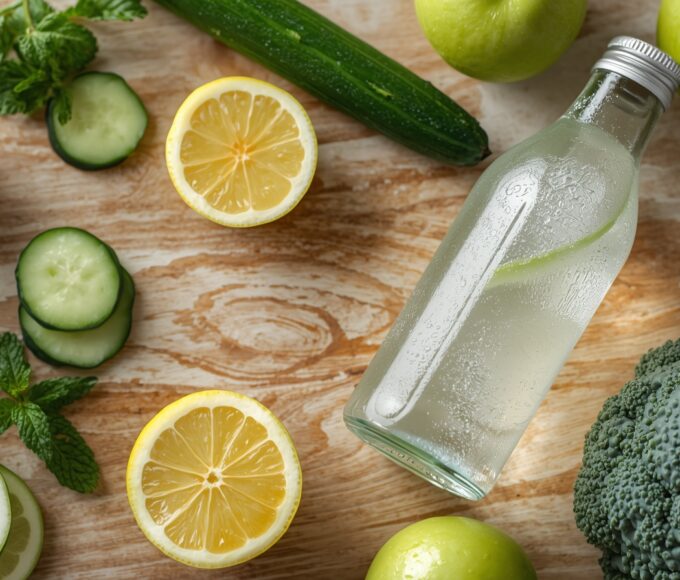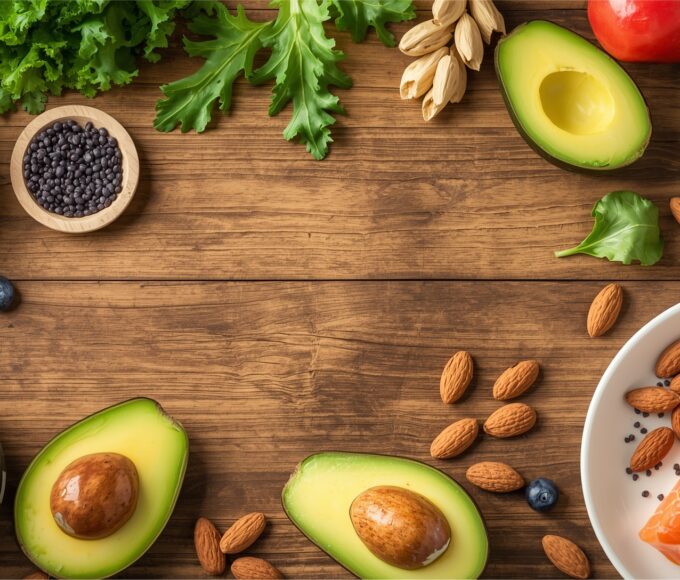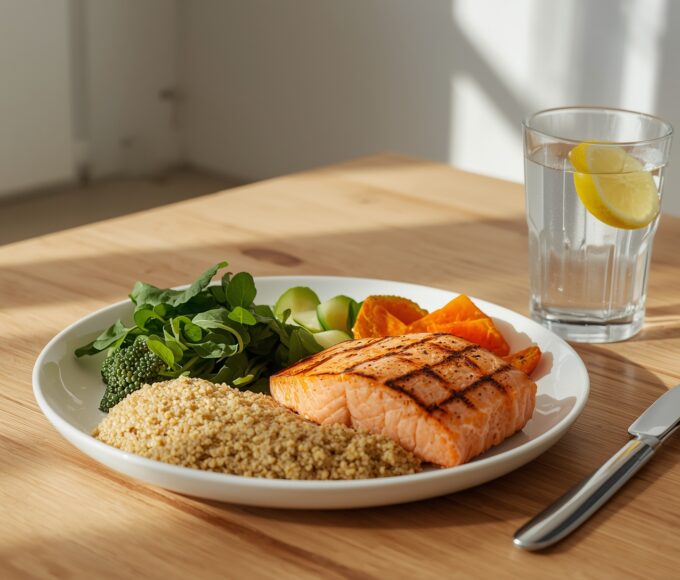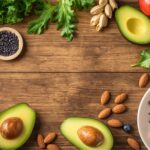The Real Science Behind Fat Loss
When people say, “I want to burn fat,” they often imagine fat melting away during a workout. But fat loss isn’t magic — it’s a biological process powered by chemistry, energy demand, and consistency.
To truly understand how exercise burns fat, we need to look beneath the surface — into how your body uses energy, breaks down fat molecules, and adapts over time.
Let’s decode the science behind every drop of sweat and explain how your body really burns fat.
1. What Is “Burning Fat,” Really?
When we say “burning fat,” we’re talking about oxidizing stored fat molecules (triglycerides) for energy.
Fat isn’t literally burned — it’s broken down into smaller molecules called fatty acids and glycerol, which your body uses as fuel. This process happens inside your cells’ mitochondria, often called the “powerhouses” of the cell.
Here’s how it works in simple terms:
You exercise → muscles need energy.
Your body breaks down fat stores → releases fatty acids into the blood.
Muscles use oxygen to convert fatty acids → into usable energy (ATP).
This entire chain reaction is known as lipolysis and fat oxidation.
2. How Your Body Chooses Energy Sources
Your body is an energy-efficiency machine. It constantly switches between carbohydrates and fats for fuel depending on the intensity and duration of your workout.
At Low to Moderate Intensity (like jogging or cycling):
Your body primarily uses fat for energy because oxygen is readily available.
Fat oxidation is slower, but steady.
Great for long, sustained workouts (40+ minutes).
At High Intensity (like HIIT or sprinting):
Your body relies more on carbs (glucose) because they can be broken down faster without as much oxygen.
Fat use drops temporarily — but total calorie burn increases dramatically.
Bottom line:
You burn a higher percentage of fat at low intensity,
but you burn more total fat and calories at higher intensities due to the afterburn effect (EPOC).
3. The “Afterburn” Effect (EPOC)
Ever noticed that you’re still sweating and breathing heavily even after your workout? That’s EPOC — Excess Post-Exercise Oxygen Consumption.
During this recovery phase, your body continues burning calories (and fat) to:
Replenish oxygen
Restore ATP levels
Repair muscle tissue
Clear out lactic acid
This “afterburn” can last anywhere from 12 to 48 hours, depending on workout intensity.
HIIT (High-Intensity Interval Training) and strength training trigger the highest EPOC levels.
So yes — you’re literally burning fat while resting after a tough workout.
4. Hormones That Control Fat Burning
Fat loss isn’t just about movement — it’s a hormonal dance. Several key hormones influence how effectively your body burns fat:
Insulin
Regulates blood sugar and fat storage. When insulin levels are high (from excess carbs/sugar), fat burning slows down.
Keep insulin stable by balancing meals with protein, fiber, and healthy fats.
Epinephrine (Adrenaline)
Released during exercise, it signals fat cells to release fatty acids for energy — the kickstart of fat burning.
Cortisol
Helps mobilize fat for energy, but too much (from chronic stress) can promote belly fat.
Growth Hormone
Increases during strength training and sleep, enhancing fat breakdown and lean tissue preservation.
5. Types of Exercise That Maximize Fat Burning
Different workouts tap into fat stores in unique ways. Here’s how to optimize your training mix:
1. Low-Intensity Steady-State (LISS)
Examples: brisk walking, light jogging, cycling
Burns a higher percentage of fat
Easier to sustain
Great for beginners and recovery days
2. High-Intensity Interval Training (HIIT)
Examples: sprints, circuit training, jump rope intervals
Burns fewer fat calories during the workout,
but increases EPOC (afterburn).
Excellent for time efficiency and metabolism boosting.
3. Strength Training
Builds lean muscle → raises resting metabolic rate
Burns fat even while you rest
Triggers fat-burning hormones (testosterone, GH, IGF-1)
The winning combo: Mix all three.
Train with weights 3–4x/week, do HIIT 1–2x/week, and add steady cardio for endurance and recovery.
6. Nutrition’s Role in Fat Burning
Exercise lights the match, but nutrition supplies the fuel.
To optimize fat metabolism:
Stay in a slight calorie deficit (burn more than you eat)
Eat enough protein (supports muscle and metabolism)
Reduce added sugars (controls insulin)
Stay hydrated (fat metabolism requires water)
And don’t fear healthy fats — avocados, nuts, olive oil, and fish oils support hormonal balance and efficient fat burning.
7. Rest, Recovery, and Metabolic Adaptation
Ironically, fat loss happens when you rest, not while you train.
During sleep and rest days, your body:
Repairs muscle
Replenishes glycogen
Balances hormones
Continues oxidizing fat for energy
Skipping recovery sabotages your hormonal and metabolic rhythm. So make sleep, nutrition, and stress control part of your “fat loss training plan.”
8. The Long Game: Consistency Over Perfection
Your body is built to adapt slowly.
Fat loss isn’t a daily event — it’s a long-term outcome of consistency, smart nutrition, and recovery.
Don’t chase quick fixes or “fat-burning workouts.” Focus on steady progress.
The real magic happens when you make movement and nourishment a lifestyle, not a phase.
Key Takeaways
Fat burning = oxidizing fatty acids for energy.
Low-intensity = higher % of fat burned; high-intensity = higher total fat burned.
EPOC means you keep burning calories long after training.
Hormones (insulin, GH, cortisol) regulate fat metabolism.
Mix cardio, HIIT, and strength training for best results.
Nutrition, sleep, and stress control amplify fat loss results.
Consistency, not intensity, is the real fat-burning secret.



















Leave a comment